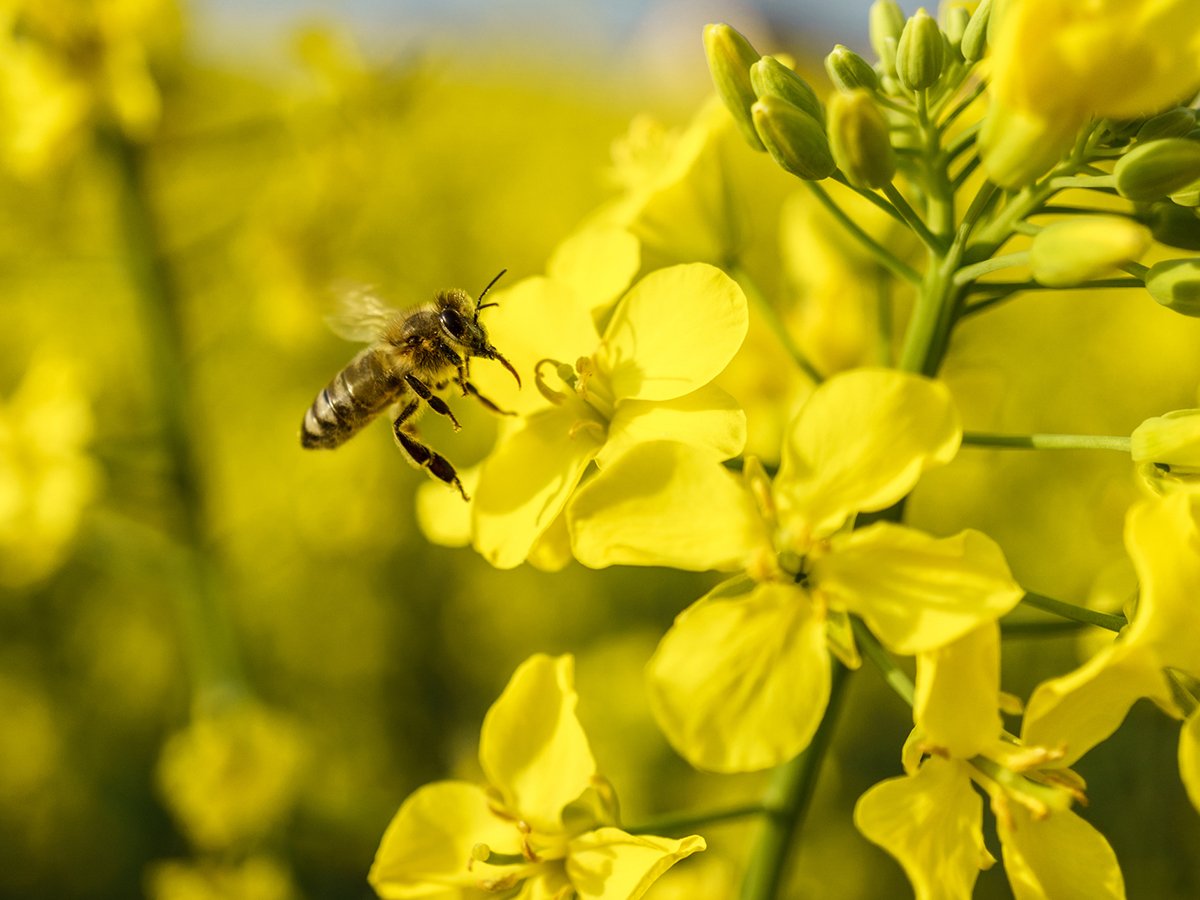We often do not grasp the extent of the changes that have occurred in the countryside in one lifetime.
I had the opportunity to see these changes through the eyes of one individual recently when I attended the opening of a new exhibit at our local art gallery.
Change is the theme of a series of 17 paintings by artist Catherine Bertram of Eston, Sask. She calls the collection Victims of Progress. Each painting deals in some way with a past that is no more.
The series starts with a painting of her childhood home 10 miles west of Birsay. “The rail line had come as far as McRorie, so farmers from the Beechy area had to haul grain there,” she writes in her artist’s notes. “Our home was a ‘stopping place’ for meals and to feed and rest the horses. Sometimes it was overnight. I’m sure they had a good breakfast but the bed was probably a straw tick on the upstairs floor.”
Read Also

Invigor Gold variety viewed as threat to condiment mustard
Invigor Gold, the canola-quality mustard developed by BASF, is on a collision course with Canada’s condiment mustard industry. It’s difficult to see how the two can co-exist.
A pioneer sod shack is next, then the country school. (“Note the bare feet and lard pail lunch buckets.”)
There is a country church , a small town, a long-gone railway station, the old hospital, harvest scenes and a horse barn.
We move on to the farm home (“built in the more prosperous 1920s”) which is also being abandoned as farm sites become larger and people move on; the long-gone Witley elevators, wooden grain bins which now are often “falling into disrepair” to be replaced “by large steel hopper bottom bins”; and the abandoned country school.
Even nature has changed, as sloughs have been plowed up for crop and the meadowlark, while not extinct, is much scarcer than it once was. “It was the pioneers’ heralder of spring.”
Mrs. Bertram, who in her artist’s notes admits to having arrived at her parents homestead in 1916, is a self-taught artist.
She has been painting now for more than 30 years, preferring oils but also from time to time using acrylics and watercolors.
She looks on Victims of Progress, which has been completed over a number of years, as a work in progress and plans to add to it. The collection does not include a country store, she says.
And she wants to paint the old above-ground telephone lines.
They were landmarks, she says, often used to guide people home.
The paintings, individually and collectively, make a strong statement about a time that was. Like the old telephone lines, they guide us home again.














